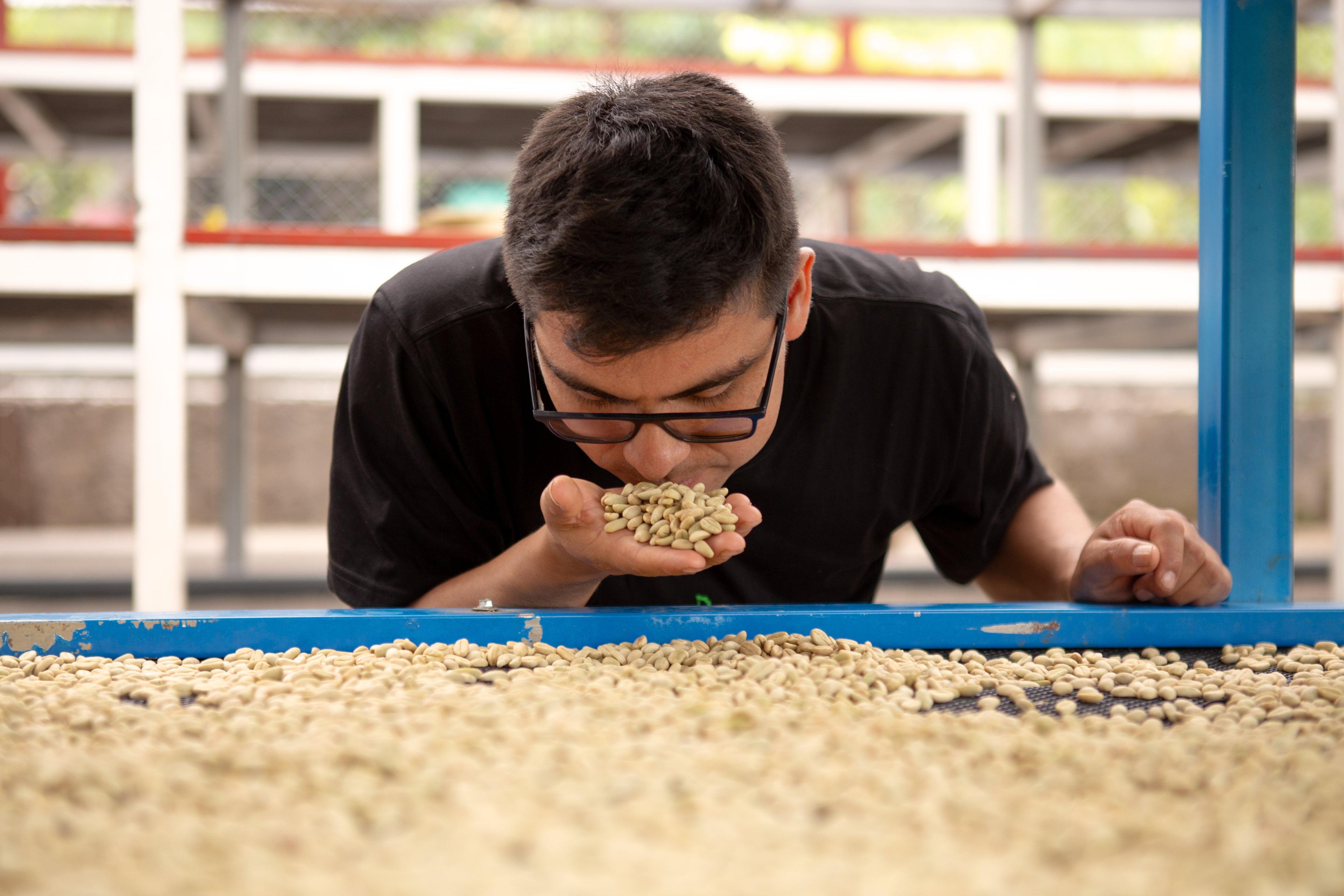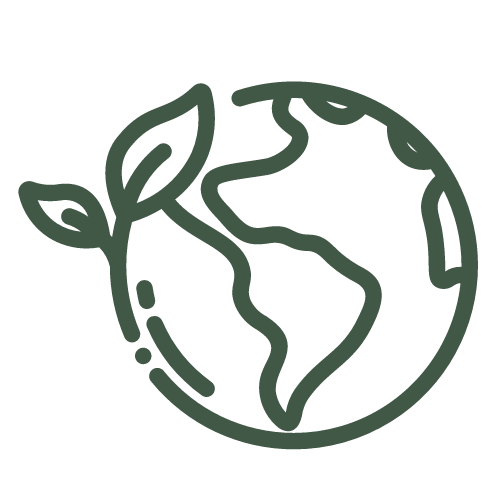
Speciality Coffee Process
Planting and Land Selection
Our coffee plantations are strategically located in the Chaupimayo 'A' Santa Teresa community, Cusco, between 1800 and 1900 meters above sea level, offering optimal conditions for cultivation. Each coffee variety, from Bourbon and Typica to Geisha, is grown considering its specific altitude and climate requirements.

Selective Harvesting
The harvest is carried out in three meticulously planned stages. The first phase, which starts in the early months of the season, typically in the first weeks of May, is characterized by the collection of the first ripe beans with intense red color, while those that have not yet reached optimal maturity are left. The second stage, often in the last week of June, is the most crucial, where the best ripe beans are carefully selected to ensure the highest quality of specialty coffee. Finally, in the third stage, known as "stripping," all beans are collected, selecting the red ones for processing and the green ones and defects for composting, thus preparing the coffee for the next season.

Pulping and Fermentation
The coffee beans undergo a mechanical pulping process using industrial mills to remove the red husk, followed by controlled fermentation to ensure optimal quality.

Controlled Drying
The coffee beans are carefully dried in the shade until they reach the appropriate moisture level for long-term storage, thereby preserving their distinctive flavor and quality.

Hulling for Export
The coffee is stored in polyethylene bags to preserve its freshness and quality, followed by a second storage in jute sacks and finally in Green Pro bags. For parchment coffee destined for extended storage periods, hermetic storage is ensured to preserve its organoleptic characteristics intact until export, requiring hulling for export.




